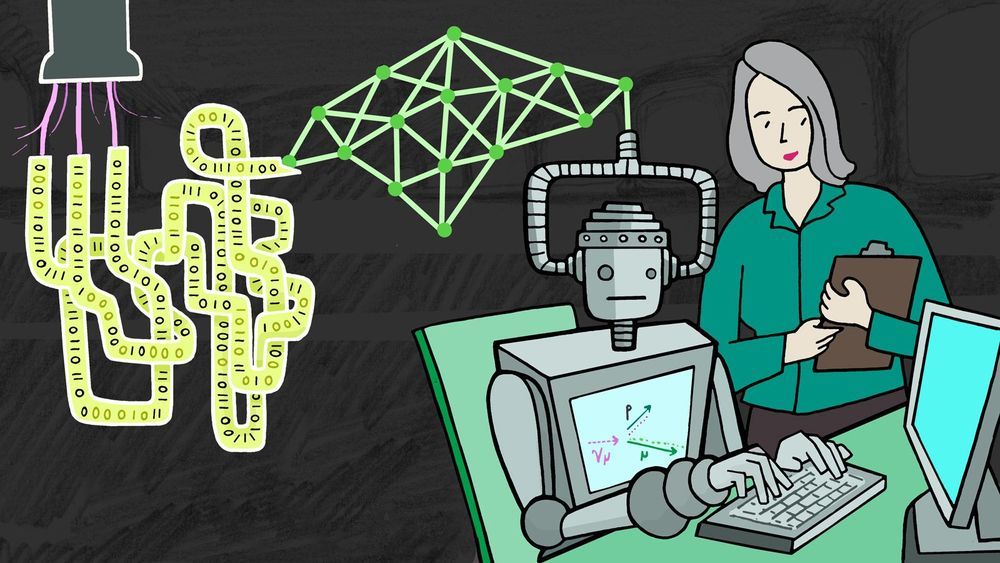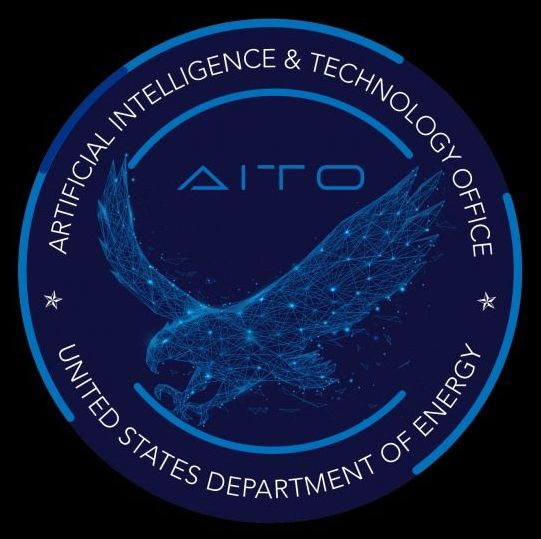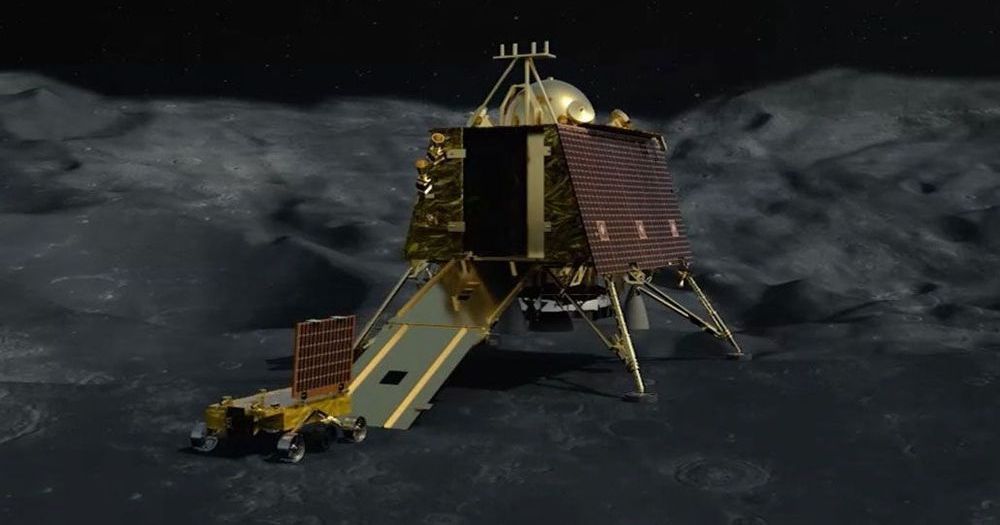A year on a combination of human growth hormone and two diabetes drugs appears to have turned back the biological clock and restored an organ in nine men in a new small UCLA trial.



A similar flurry of activity is under way in China, which wants to lead the world in AI by 2030 (by what measure is unclear), and in Russia, where President Vladimir Putin famously predicted that “whoever becomes the leader in this sphere will become the ruler of the world”. But the paradox is that AI might at once penetrate and thicken the fog of war, allowing it to be waged with a speed and complexity that renders it essentially opaque to humans.
A new type of arms race could be on the cards.
The Intertubes have been buzzing with news that a research team based at UC-Irvine has created a new type of energy storage device that can last for more than 100,000 charges. For all practical purposes, that counts as an infinite battery. Under real life conditions, such a battery would most likely outlive the device it powers, and it might even outlive the owner of the device as well.
The new battery is still in the early research stage, but if it pans out, it would have a significant impact on lifecycle and supply chain issues for the ballooning number of smart phones, electric vehicles, energy storage products, and countless other battery powered devices inhabiting the Earth.

An inviting massage table, a snug chair, a sunlit field of grass – this is not a holiday resort but one of London’s famous double-decker buses, which this summer will house up to 40 homeless people.
A fleet of four decommissioned buses has been converted by British-based social enterprise Buses4Homeless into a shelter for homeless people, with spaces for sleeping, dining, cooking, job training and relaxing.
“The most crucial thing for anyone is shelter, having a place to stay,” said Buses4Homeless founder Dan Atkins, from the buses’ temporary site in Croydon, south London.
“And that’s what’s sorely missing in London as the number of beds in night shelters gets slashed and housing remains unaffordable for too many,” he added.


A 74-year-old woman has given birth to twin girls in the southern Indian state of Andhra Pradesh, reviving several controversies around geriatric pregnancies.
The doctor who delivered the babies, Sankkayala Uma Shankar, told The Washington Post on Friday that the mother, Mangayamma Yaramati, provided a birth certificate showing that she is 74, though some news outlets have reported that she is 73.
Shankar, an IVF specialist, delivered the twins via Caesarean section Thursday, and told The Post that the mother and the babies are doing well.

WASHINGTON, D.C.-Today, U.S. Secretary of Energy Rick Perry announced the establishment of the DOE Artificial Intelligence and Technology Office (AITO). The Secretary has established the office to serve as the coordinating hub for the work being done across the DOE enterprise in Artificial Intelligence. This action has been taken as part of the President’s call for a national AI strategy to ensure AI technologies are developed to positively impact the lives of Americans.
DOE-fueled AI is already being used to strengthen our national security and cybersecurity, improve grid resilience, increase environmental sustainability, enable smarter cities, improve water resource management, as well as speed the discovery of new materials and compounds, and further the understanding, prediction, and treatment of disease. DOE’s National Labs are home to four of the top ten fastest supercomputers in the world, and we’re currently building three next-generation, exascale machines, which will be even faster and more AI-capable computers.
“The world is in the midst of the Golden Age of AI, and DOE’s world class scientific and computing capabilities will be critical to securing America’s dominance in this field,” said Secretary Perry. “This new office housed within the Department of Energy will concentrate our existing efforts while also facilitating partnerships and access to federal data, models and high performance computing resources for America’s AI researchers. Its mission will be to elevate, accelerate and expand DOE’s transformative work to accelerate America’s progress in AI for years to come.”



At the Battery Show North America 2019, AKASOL will present a wide portfolio of new solutions to the battery community. The company’s flagship product is the new high-energy lithium-ion battery AKASystemAKM CYC, which has entered serial development for the battery module and system.
The AKAModule CYC achieves energy density of 221 Wh/kg with liquid-cooled battery modules that are scalable and can be integrated in various system designs at the pack level.